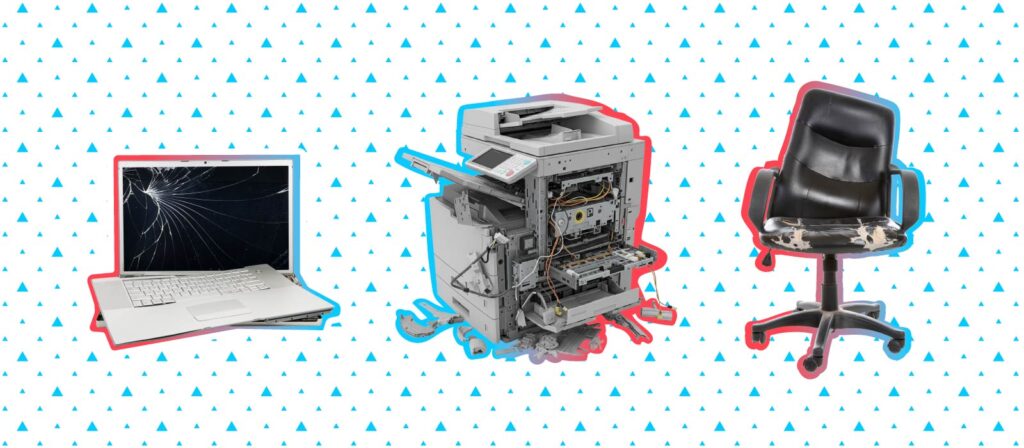Big Issues in Facilities Management and Trends in Workplace Management Software
1. Globalization
Phil Gregory of Johnson Controls Global WorkPlace Solutions writes that globalization has made facilities management more important than ever, with companies set on “reducing costs and optimising the value of built assets.” Facilities managers must thus keep a close eye on new trends and technology in order to achieve their goals. He points to “multinational” companies like IBM, Verizon, and Shell, noting that for these companies, “FM is…about pursuing productivity and operational excellence.”
2. Sustainability
For some people, learning about eco-friendly best practices is a personal choice. For facilities managers, it’s part of the job description. That’s because the amount of energy used by a company is directly tied to its bottom line. Companies don’t want to lose money just because one person is occupying an otherwise empty floor. So paying close attention to these things and adjusting the use of space accordingly has become a major concern for facilities managers.
3. Less Infrastructure
Nowadays, the office is becoming more flexible and mobile, thanks to the rise of portable tech devices and also flexible workspace models. This newfound flexibility is good news for companies, because it means they won’t see as many costs from buying desktop computers and installing cubicles. But the flexibility can also cause conflicts and confusion among workers, particularly if there’s a territorial dispute over a workspace and who gets to sit there.
4. Easy-Access Software
With a more globalized workforce comes a need for accessing information at any time—not just during business hours for an office in the Eastern Standard time zone. For this reason, several facilities management experts forecast cloud storage becoming more and more crucial as time passes, and with workers now moving toward the work-from-home option, having software that is easily accessible will be even more critical.
The challenges raised by each of these trends can be resolved at least in part by workplace management software. Here’s how:
1. Globalization – In order to achieve the operational excellence Gregory speaks of, one must first have the right tools at their disposal. Whether you’re moving one person or 100 people from San Francisco to Singapore, workplace management software can be a useful resource for orchestrating the move.
2. Sustainability -Workplace management software can help FMs identify places where they could save money through generating space utilization reports. Using data that tells them how many people are on each floor, the reports can help them consolidate space so that no resources go to waste.
3. Less Infrastructure -Of course, in order for workers to have the sort of freedom that lets them sit wherever they choose, there needs to be something that will still keep the company organized. For companies that use hoteling, or the flexible workplace models in which employees reserve a certain workspace, workplace management software can serve as the tool that tracks who ends up sitting where.
4. Easy-Access Software -Like cloud storage, a successful software program should be easily accessible to anyone who uses it. Whether it’s an FM, an admin, or simply an employee looking for the right room to hold a breakout session, anyone can make use of the software to find exactly what they need.




